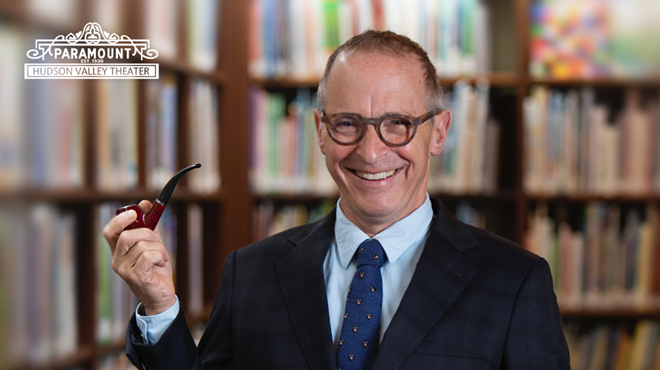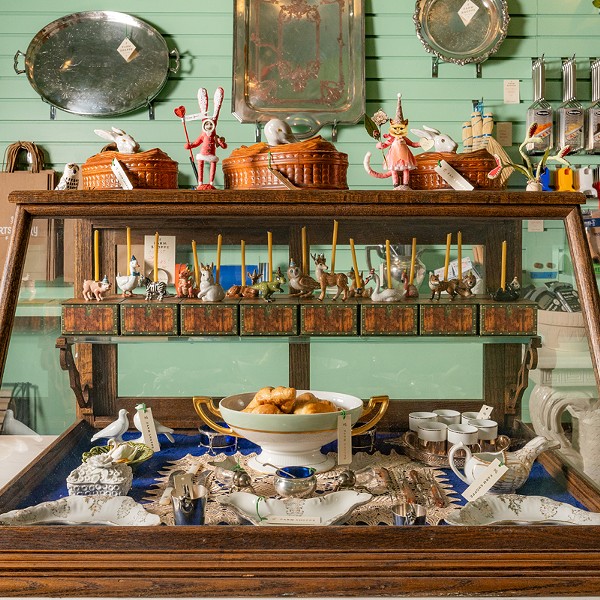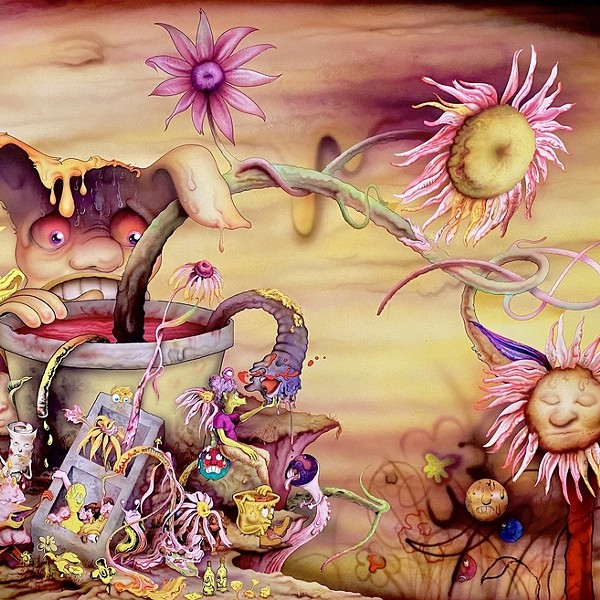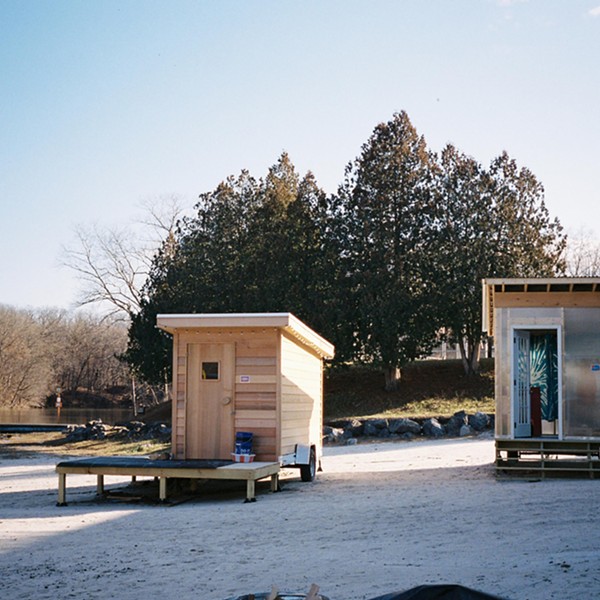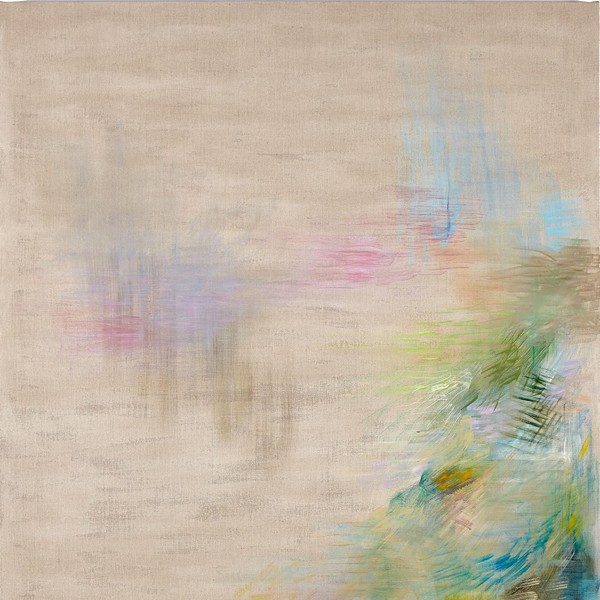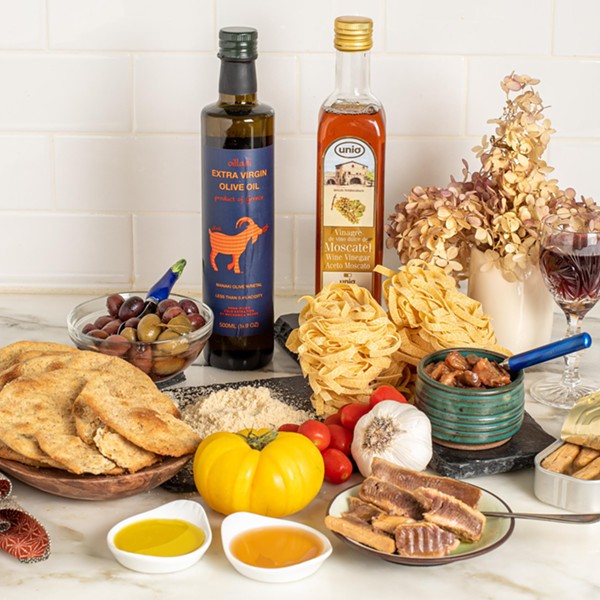Though several funeral directors interviewed were more than eager to whip out the GPL (or General Price List, aka a Chinese menu of products and services with big dollar signs attached), most of them ask first what the family and decedent would wish, so they can better guide on selection for a funeral service. “Are we burying or cremating?” is the first question they will ask.
Many people believe that cremation is the greenest way to go because it doesn’t take up land space or use wood caskets. But how “green” is cremation, really? Modern-day crematoriums, which reduce a body to approximately five pounds of ash and bone fragments, run on natural gas, propane, or oil, and scour combustion gases before releasing them into the air. Normal operating temperature is between 1,400 and 1,800 degrees Fahrenheit, and the process takes two to three hours to complete (one could drive nearly 5,000 miles on the equivalent energy). Carbon monoxide and soot comprise the primary emissions, but sulfur dioxide and trace metals may also be produced. Of all emissions, mercury from dental amalgams poses the biggest threat, as it is linked to brain and neurological damage.
Pushing up the daisies
There are those who would like to start their own green cemeteries, but the process is difficult. A minimum of 10 acres in a rural area is required to start a public burial ground. As much of the Hudson Valley is located in the New York City watershed, green methods would possibly be met with investigation, followed by opposition. Until last year, only five natural, or “all-green,” burial grounds existed in the United States, the closest being Greensprings, in Newfield, just west of Ithaca. But the growing interest in green burials has now brought the natural cemetery tally up to 12.
Greensprings (www.naturalburial.org), which is dedicated to environmental stewardship and renewal, is 100 acres of hilltop meadows bounded by two 4,000-acre forest preserves on either side; it will forever remain a natural burial site. The administrators request simple biodegradable caskets or burial shrouds, non-embalmed bodies, and natural stone grave markers that are flush with the earth and/or commemorative plantings of native trees or shrubs on the grave sites. Walking the grounds, you’d never know that Greensprings is a cemetery, as there are no standing tombstones, closely mowed lawns, or pesticides and/or fertilizers used.
Another green option is backyard burial, but the process is a bit tricky. To create a domestic burial ground, it must be in a rural area and a certain distance from water, neighboring residences, utility poles, and the like, and meet the exact regulations dictated by the county and town, which normally start with a land survey, registration with the county or town clerk, a fund to maintain the grounds after your own death, and approval from the zoning board and board of health. The benefits of having family buried in your own yard are obvious, but one huge drawback would be the added difficulty of selling property with a cemetery on it, knowing that new owners could declare the cemetery abandoned and move the bodies elsewhere.
Another natural burial option is an established cemetery with a green section. With the help of the undertakers I interviewed, I was able to locate a number of nonsectarian cemeteries that will bury a simple pine box (available at funeral homes for around $150, but most likely not on their GPL) without a concrete grave liner or vault (mandated in most cemeteries, as the eventual collapse of a coffin requires “backfill” dirt maintenance as the ground sinks). A few of these local cemeteries are Montrepose (Kingston), St. Peter’s (Poughkeepsie), Tongore (Olivebridge), St. Remy (Rifton), Wiltwyck (Kingston), St. Mary’s (Kingston), Cedar Hill (Newburgh), and Woodlawn (New Windsor). Parish-owned cemeteries may have some restrictions; others may charge an additional fee for backfill.
A green burial through a licensed mortician (required by New York State law) would need to take place quicker than a conventional one. Without embalming, services would happen within two to three days, as most homes don’t offer refrigeration. Funeral director licenses are governed by the health department, so the rapid breakdown of body tissues can be a problem.
One local individual is currently studying for a funeral director’s license for the purpose of conducting all green funerals and burials in the future—Alyssa Kime, director of the Hudson Valley Green Burial Association. “I’m very passionate about the cause,” says Kime. “Right now, it’s everything I live, eat, sleep, and breathe.”
The student of mortuary science grew up in a funereal setting, her mother being a restorative artist. “Growing up in the environment of a mortician certainly doesn’t make me shy away from it,” she says, “but it also wasn’t something that made me want to jump into it. It was after watching [the HBO series] ‘Six Feet Under’ and reading Grave Matters when I realized that we needed to have a better future for our children and our children’s children, and that we couldn’t continue along the lines that we presently are. There have to be other options, and I feel the best option is green burials. It’s a necessity for the future of our planet. To sit here and continually think that we can do things to the environment without a moral obligation to future generations is just wrong. Green burials need to be accessible to everyone. That’s why I’m choosing to go to school and make a difference.”








